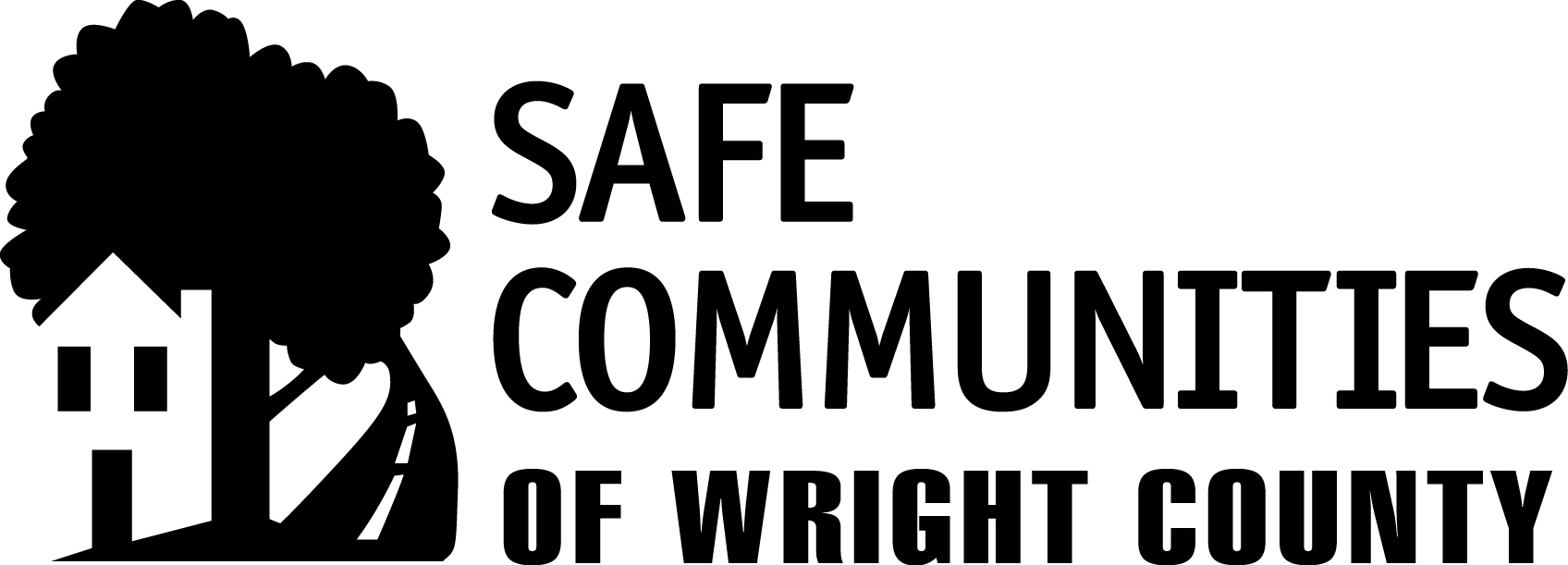Each and every roadway in Minnesota has a posted speed limit. That speed limit was determined by traffic engineers for the city, county or state, depending upon the jurisdiction of that roadway. Much more research, thought and experimentation goes into determining speed limits than the general public would ever expect. Despite the careful and considerate manner in which the speed limits are determined, most of us don’t follow them. Exceeding the posted speed limit is probably the most frequently broken law in our culture today. Most people feel that speed limits are recommendations. Motorists who knowingly break the speed limit do so because they either don’t believe the limits apply to them, believe the risk of being caught to be very low or find the posted speed to be inconsistent with a safety or health risk. People who would otherwise never disobey the law often find the posted speed limit and speed enforcement (officers, deputies or troopers who stop motorists and write citations for speed) something to avoid like a ball in a dodge ball game. All of these perceptions and beliefs are common, though they are in line with the data or research about speeding.
Since the pandemic, speeds have increased on our roadways. In fact, officers report that speeding at over 100 miles per hour is at an all-time high. Speeding on Wright County roadways is a contributing factor in as many as one third of all fatal crashes. Fatal crashes are only a small part of the total safety picture. In addition, many people are injured in speed-related crashes. The economic cost to society of these crashes is outrageous – over $3 Billion is spent every year in Minnesota alone!





